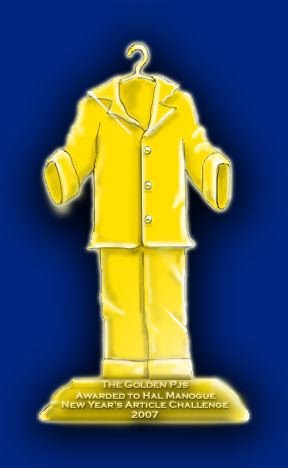Mathematicians can solve problems with two variables. On the Newtonian theory, for instance, acceleration varies with distance, but distance also varies with acceleration. In the realm of truth-processes facts come independently and determine our beliefs provisionally. But these beliefs make us act, and as fast as they do so, they bring into sight or into existence new facts which re-determine the beliefs accordingly. So the whole coil and ball of truth, as it rolls up, is the product of a double influence.
Truths emerge from facts; but they dip forward into facts again and add to them; which facts again create or reveal new truth (the word is indifferent) and so on indefinitely. The “facts” themselves meanwhile are not true. They simply are. Truth is the function of the beliefs that start and terminate among them.
William James in his 1906 essay, Pragmatism’s Conception of Truth does shake the tree of knowing, and several shadows scatter and stick to the cob webs of the mind. Truth, as we know it, is not absolute. Truth changes with the thoughts that become beliefs. What James believed in the 19th century are now facts that may or may not contain truth. They simply are. From their existence new thoughts uncover fragments of truth, and we piece these fragments together in a limited order so we can experience them physically at some point in time.
The existence and characteristics of invisible particles is a good example of future truths that are waiting for our beliefs to discover them. These particles defy our knowledge about space and time so it’s hard to believe them. But these invisible particles play a fundamental role in our dream reality. Objects and people in a dream appear and disappear. We innately sense the existence of these phantoms, but never directly encounter them.
These invisible particles or quarks actually rule in another reality, but are latent in this one. Our dream images demonstrate their existence. Quacks can be in two places are once just like we can in dreams. That truth has confounded us for centuries. We believe objects stay where they are suppose to be in what we call our reality. But, we only recognize half our reality because we believe our dreams are not real. The truth is the inner self straddles realities and truths dip in and out of different realities in a creative display of objective as well as subjective consciousness.











No comments:
Post a Comment